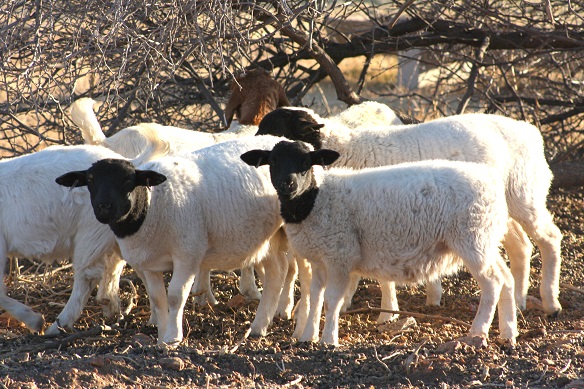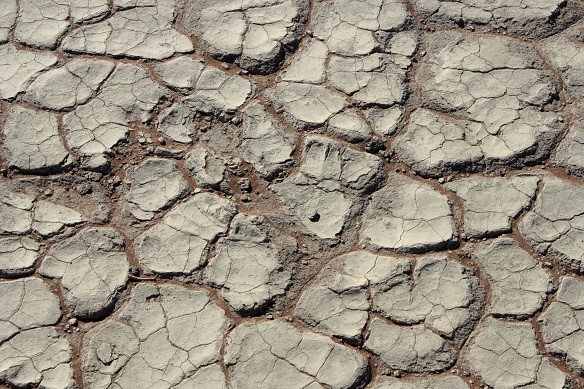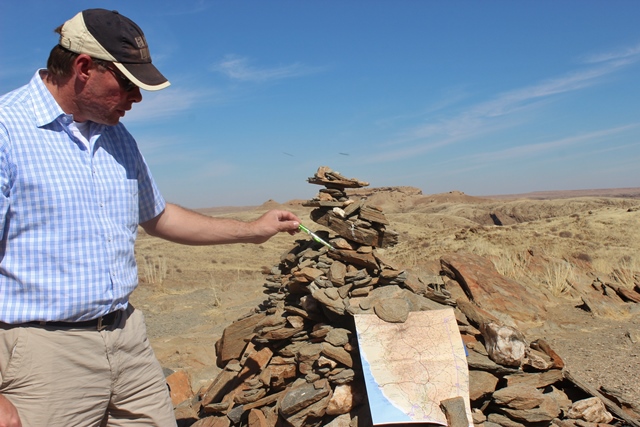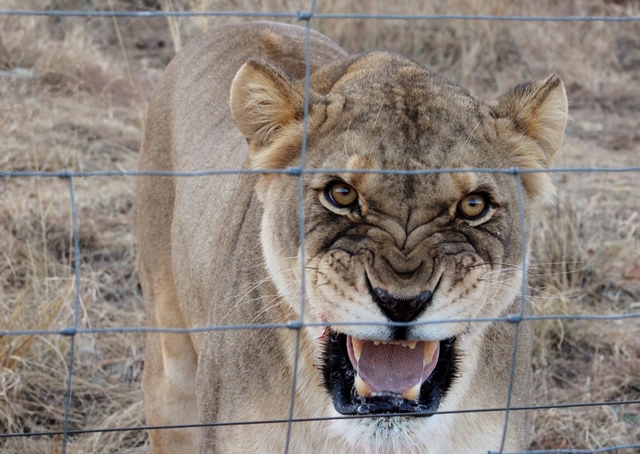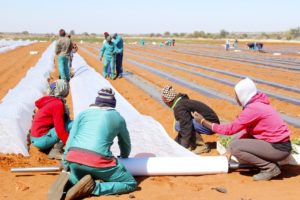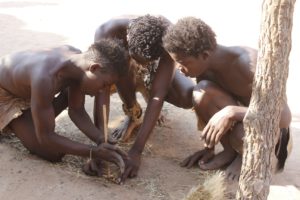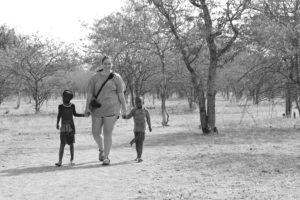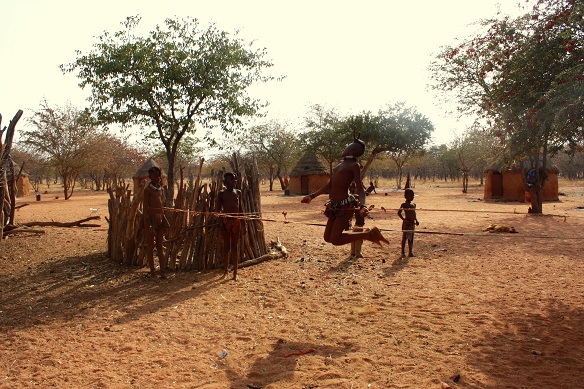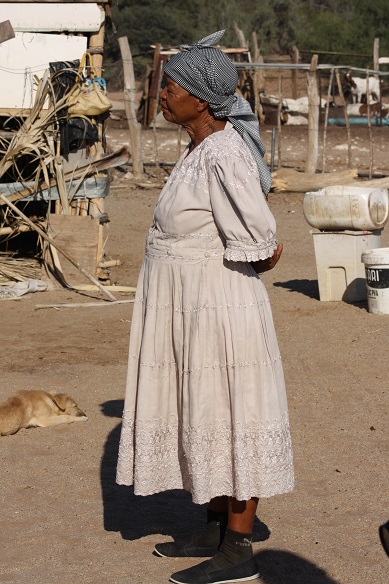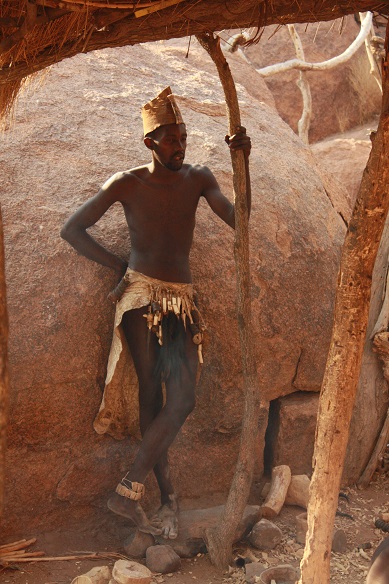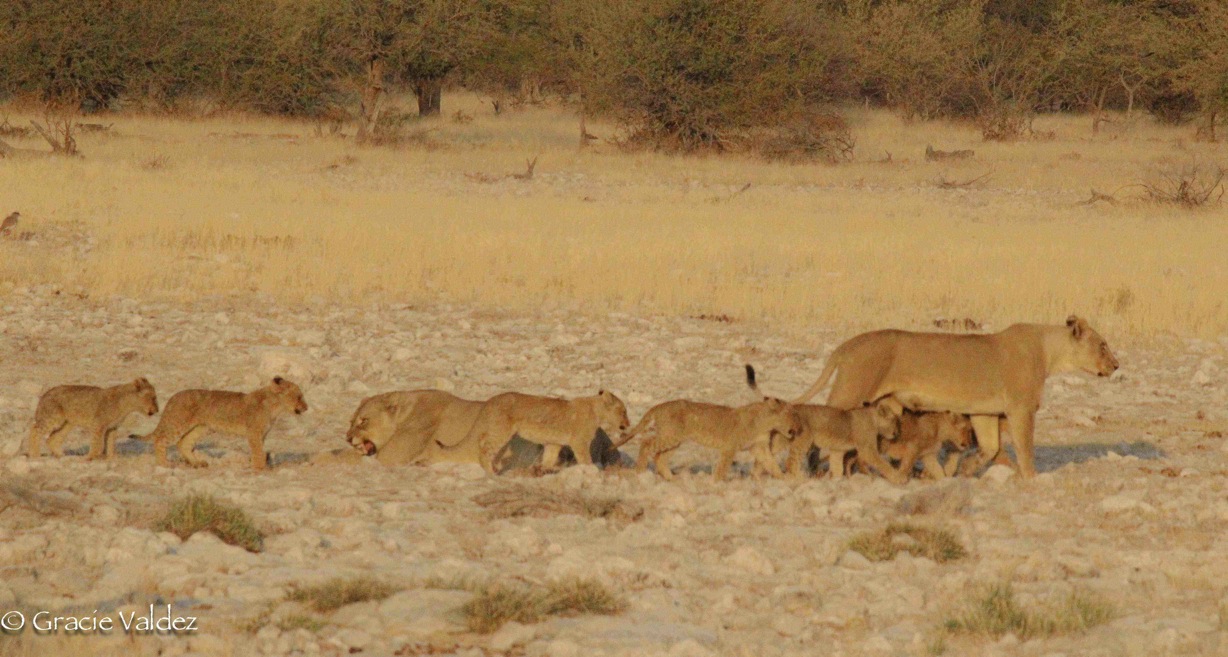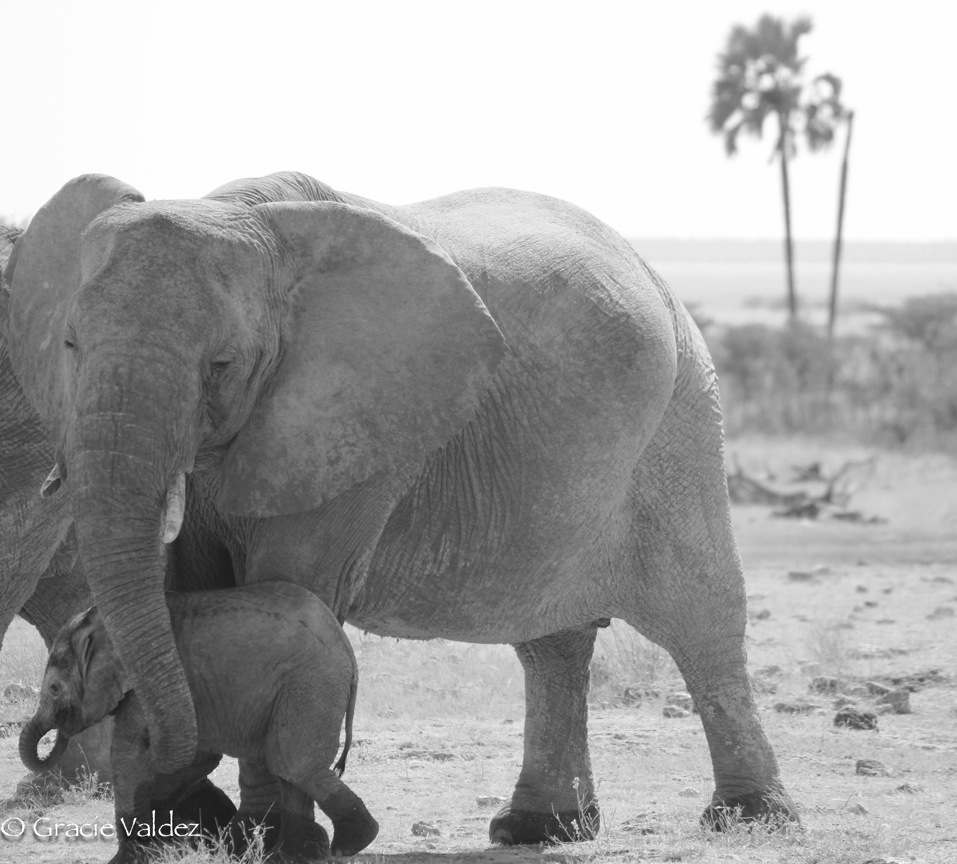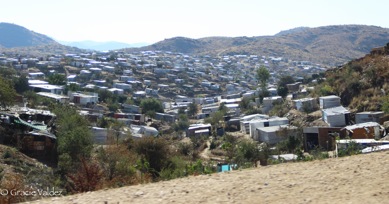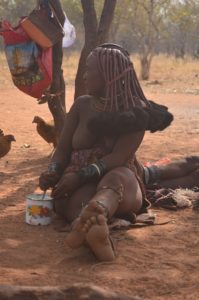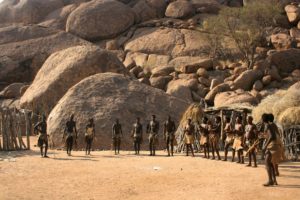Food insecurity is a concern to almost every country in the world. Numerous factors affect the food security situation in Namibia, including the arid environment, unemployment, and lack of nutrition education. All areas of food security (access, availability, utilization, distribution, and stability) are affected but I have discovered that availability, access, and utilization of food are major problems in Namibia.
The population of Namibia is just over 2.3 million people. Over 780,000 of these people are food insecure. More than 62% of Namibians live in rural areas and have a small subsistence farm on the communal land provided to their community by the government. Normally, these farms provide a family with enough to combat hunger, but are not always able to provide the right nutrients for them.
Namibia lacks sufficient nutrition education. Many people do not know about food nutrition and which nutrients their bodies need to be healthy. Most subsistence farmers grow corn or mahango and some small livestock for protein. There are few fruits and vegetables in their diets causing a lack in essential vitamins. Food labels in Namibia are in KJ of energy. Many people think that the more KJ energy a food has, the more nutrients it has, leading to poor food choices.
Namibia has two distinct weather seasons; rainy and dry. The country does not get much rainfall and has severe drought conditions annually. In the rainy season, floods are common in the northern region of Namibia. These natural disasters can wipe out a family’s entire harvests of crops and can kill their livestock causing hunger in communities. Availability of food becomes a problem if this happens.
In urban areas, many people lack access to food. The unemployment rate in Namibia is an average of 23%, but it is higher, depending on the region. The lack of jobs makes buying food difficult. More than 9.6% of the population is considered severely poor, meaning they don’t have enough money to buy food. Another 19.5 % of the population is considered poor, meaning they might have enough money for food, but don’t have extra to pay for utilities, etc.
The land in Namibia is mostly dry, making it difficult to produce some crops. Over 90% of the products in Namibia are imported from South Africa. The imports cause high food prices because of trade tariffs. These prices make it difficult for many Namibians living under the poverty line to purchase imported foods. For example, dairy products are almost all imported from South Africa and are priced expensively, causing many people to go without milk.
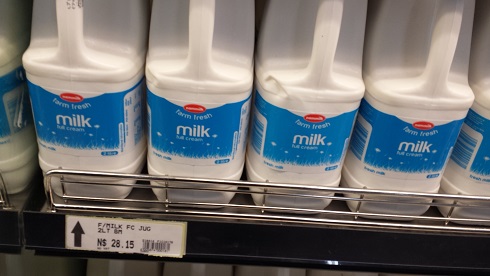
I hope this information provides some insights about food security in Namibia. Their future doesn’t look bright now, but I am hopeful that the number of people who are food insecure will decrease and their knowledge of nutrition education will increase in coming years.
